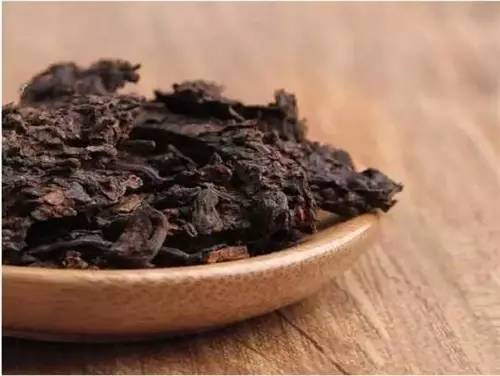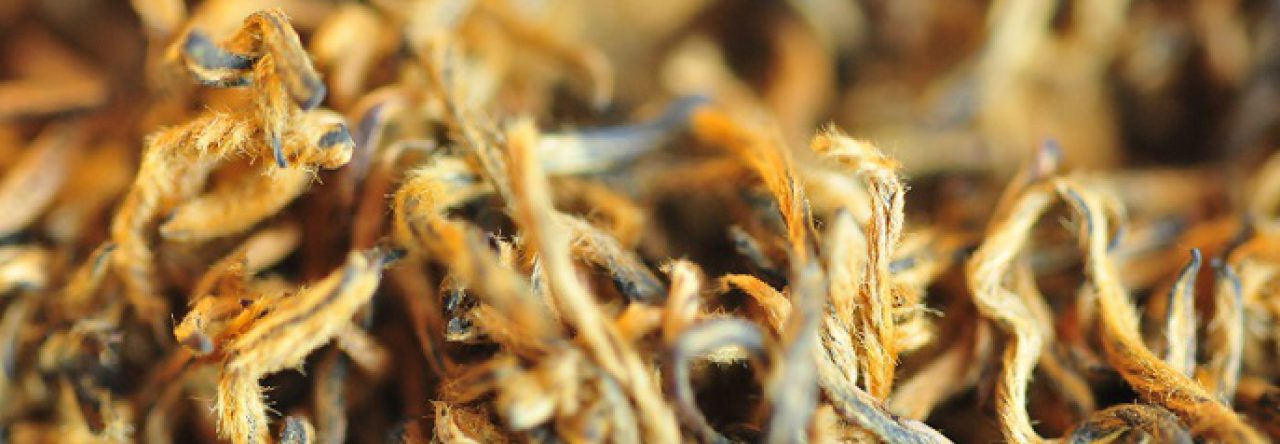Don’t remember when was the first time I drank Pu’erh in Taiwan, can’t even remember whether it was Sheng (Raw) or Shou (Ripped) Pu’erh, all I can remember is I disliked the ‘musty’, even somewhat urine-like flavor.
In the year of 1985 when I started to learn tea, we could only buy or taste Pu’erh imported from Hong Kong and I did not know the difference between Sheng vs. Shou Pu’erh, because at that time it was not possible directly from China so it was not possible to get the first hand knowledge about Pu’erh at that time. I only knew many years later that Hong Kong Chinese loved the “aging” flavors in Pu’erh. But the question about “Why experienced Pu’erh tea lovers in Hong Kong like to emphasis the ‘aging’ flaov and taste” hunted me for many years until I have the first opportunity to visit the MengHai Tea Manufacturing Factory in XiShuanBanNa in 2002 when I was amazed by the pleasant flaovrs and tastes from authhentic aged Pu’erh.
Post fermentation is very important to the aging quality of Pu’erh. There are big difference between appropriately aged ‘aging’ flavor vs. badly stored ‘musty’ flavor.

People who first taste the Pu’erh would probably experience as what I have by its unique flavors and tastes without able to tell the difference between ‘aging’ vs. ‘Heap’ vs. “Musty” in flavors and tastes.
“Aging” reflects the the quality of post-fermented flavors of time (min. 10 years and above) that appears in different flavors, such as Chinese herbal woody sweetness, ripped plums, musk, or agarwood, as if old wooden furnitures in 3-D exuding. The flavors and tastes are pure and pleasant.
Tea particular from Fushu Puerh has very rich chemical substances, can easily absorb the moisture and ordor in the air, with unappropriate storage it eventually causes musty. “Musty” actually is a bad smell due to the corruption of quality that represents in unpleasant or even loathe flavors, some even in tastes.
“Heap” often appears in newly pile of Pu’erh that are yet to get aged further.With appropriate storing conditions, the heap flavors would gradually weaken in 2-3 years.
Tea, regardless tea type, should be stored in clean, ventilated, dark, dry, odor-free, non-polluting environment.
The aging process in the post-fermentation is very important for Pu’erh. However, the first thing must know is the aging process won’t make a bad quality tea to become good, but carefully selection and investment plus appropriate storing conditions and care would indeed improve the appreciation of pu’erh tea to become a better investment.


Leave a Reply
You must be logged in to post a comment.